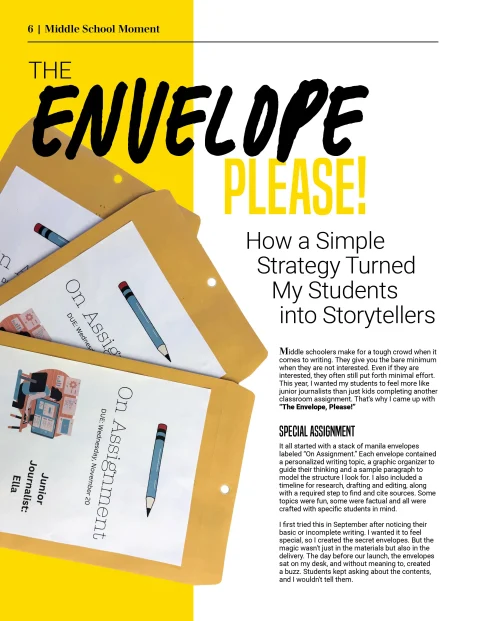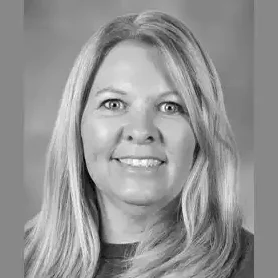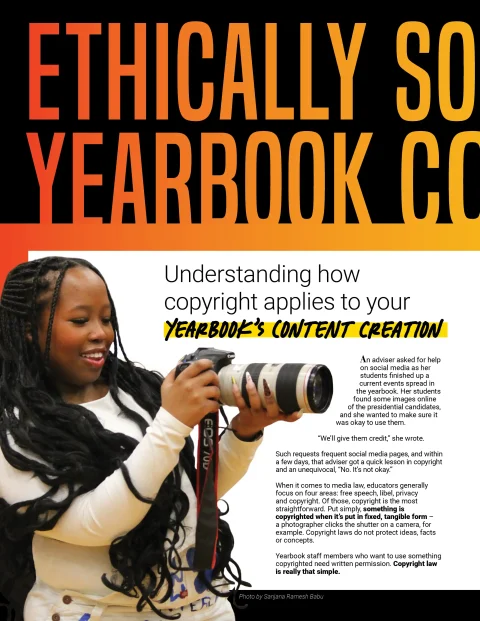Middle schoolers make for a tough crowd when it comes to writing. They give you the bare minimum when they are not interested. Even if they are interested, they often still put forth minimal effort. This year, I wanted my students to feel more like junior journalists than just kids completing another classroom assignment. That’s why I came up with “The Envelope, Please!”
SPECIAL ASSIGNMENT
It all started with a stack of manila envelopes labeled “On Assignment.” Each envelope contained a personalized writing topic, a graphic organizer to guide their thinking and a sample paragraph to model the structure I look for. I also included a timeline for research, drafting and editing, along with a required step to find and cite sources. Some topics were fun, some were factual and all were crafted with specific students in mind.
I first tried this in September after noticing their basic or incomplete writing. I wanted it to feel special, so I created the secret envelopes. But the magic wasn’t just in the materials but also in the delivery. The day before our launch, the envelopes sat on my desk, and without meaning to, created
a buzz. Students kept asking about the contents, and I wouldn’t tell them.
The next day, I handed out the sealed envelopes and had everyone wait until we could open them at the same time. The suspense was real. Students buzzed with excitement, already speculating about what topic they would get. That anticipation acted as the best motivator I could have asked for, and they instantly bought into the idea.
Topics ranged from current trends, like “Pop Princesses: The Year of the Girl Tour,” to school events and broader themes, like “Why Middle Schoolers are Embracing Self Care.” Many topics tied directly to ideas we had already brainstormed, while others became surprise features that added depth to our book. The personal aspect of the assignments made them effective.
I considered each student’s personality, interests and writing style when assigning topics. My trendy eighth-grade fashionista got the pop princesses piece. I assigned one of my food-loving boys a feature about McDonald’s new Chicken Big Mac. To my surprise, he took the assignment so seriously that he contacted the local McDonald’s marketing coordinator for an interview. She not only answered his questions, but even donated sandwiches for an in-class taste test. That article ended up being one of our favorite features of the year.
THE RESULTS
Before I introduced this strategy, getting more than a paragraph from some of my students felt like pulling teeth, but the envelope added a layer of fun, curiosity and personality that changed everything. Suddenly, they turned into writers with a purpose. They researched and checked their facts. They revised based on their peer reviews. They asked better questions and started to see writing as something more meaningful. It became a way to tell a story and create engaging content for our yearbook.
We used this strategy three times throughout the year, adding new voices and ideas to our book each time. It helped us build a strong collection of stories we could use, including mods, copy, short features and sidebars that made our book feel more alive.
Not every story made it into the final yearbook, which I discovered was an important part of the process. My students learned that not every topic connects easily with a middle school audience and that some stories were more fluid, relatable and easier to research. We used this as a teaching opportunity to reflect on what makes a topic relevant, timely and engaging. Even the unused stories helped us generate ideas and sharpen our focus on what truly fit the tone and purpose of our theme.
“The Envelope, Please!” assignment started as a simple idea to surprise students, give them structure and let them take full ownership of their writing. When students feel their work matters and know their adviser chose the assignment just for them, they step up.
And in the end, the biggest surprise was not theirs – it was mine.




